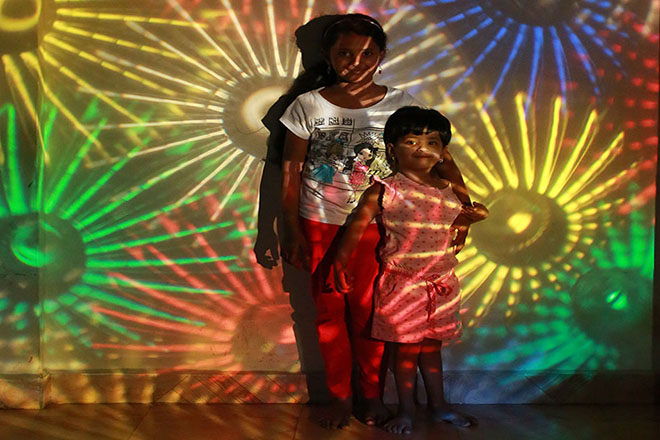
Sensory processing disorder (SPD) (formerly known as “sensory integration dysfunction”) is a condition that exists when sensory signals don’t integrate to provide appropriate responses, the various types of sensory information are processed by multisensory integration.
Sensory processing disorder is characterized by significant problems to organize sensation coming from the body and the environment and manifested by difficulties in the performance in one or more of the main areas of life: productivity, leisure and play or activities of daily living.
Sensory processing was defined by occupational therapist Anna Jean Ayres in 1972 as “the neurological process that organizes sensation from one’s own body and from the environment and makes it possible to use the body effectively within the environment”.
Sensory processing disorders are classified into three broad categories:
-
Sensory modulation disorders.
-
Sensory based motor disorders.
-
Sensory discrimination disorders.
-
Sensory modulation disorder (SMD)
consists of over-responding, or under-responding to sensory stimuli or seeking sensory stimulation. Sensory modulation refers to a complex central nervous system process by which neural messages that convey information about the intensity, frequency, duration, complexity, and novelty of sensory stimuli are adjusted. Subtypes are over-responsivity, under-responsivity and sensory craving (seeking). This group may include a fearful and/or anxious pattern, negative and/or stubborn behaviors, self-absorbed behaviors that are difficult to engage or creative or actively seeking sensation.
- Dislike textures in fabrics, foods, grooming products or other materials found in daily living, to which most people would not react. This dislike interferes with normal function, for instance a child who refuses to wear socks or an adult who is so “picky” they can’t go to restaurants with friends.
- Get so car sick they refuse to be in a moving vehicle.
- Refuse to kiss or hug, not because they don’t like the person, but because the sensation of skin contact can be very negative.
- Feel seriously discomforted, sick or threatened by normal sounds, lights, movements, smells, tastes, or even inner sensations such as heartbeat.
People suffering from over-responsivity might:
People suffering from under-responsivity might:
- Fidget excessively
- Seek or make loud, disturbing noises
- Suck on or bite clothing, fingers, pencils, etc.
Sensory-based motor disorder (SBMD)
shows motor output that is disorganized as a result of incorrect processing of sensory information affecting postural controlchallenges, resulting in postural disorder, and/or developmental coordination disorder.
Sensory discrimination disorder (SDD), or incorrect processing of sensory information.
People with Sensory Discrimination Disorder truly live in a different world.Their brains are giving them jumbled or confused information, making it difficult for them to determine the source, frequency,or pitch of a sensation.This can make the world a terribly confusing place to live in,and makes learning difficult.
Child will show following symptoms related to each sense
Tactile Discrimination Disorder:
- Difficulty knowing where you are being touched
- Difficulty knowing what you are holding without looking
Proprioceptive Discrimination Disorder:
- Difficulty in knowing how much pressure to use to pick up or hold an object
- Frequently use too much or too little pressure in physical activities
Vestibular Discrimination Disorder:
- Difficulty in determining head or body position.
- Poor perception of elevation.
- Difficulty in determining your own posture without looking.
Visual Discrimination Disorder:
- Difficulty in distinguishing between colors or shapes of objects.
- Failure to see the ‘big picture’, focusing on only a small piece of what is seen.
- May confuse left and right.
- Difficulty determining between similar letters by sight, such as ‘q, p, d, b, and g’.
Auditory Discrimination Disorder:
- Difficulty determining the source of a noise or who is speaking to them.
- Have a hard time determining which sound to pay attention to, or whose voice should listen to.
Olfactory Discrimination Disorder:
- Unable to identify the source or cause of odours.
Gustatory/Oral Discrimination Disorder:
- Not able to tell the difference between textures or tastes while eating.
- Unable to tell what you are eating or drinking by taste and texture alone.
Our therapy
Sensory processing and integration is the basic for child’s play and development.The Occupational therapist will be the right person to help your child to reach a optimal level of integration.https://francepharmacie247.com/acheter-kamagra-gel-sans-ordonnance-online/




